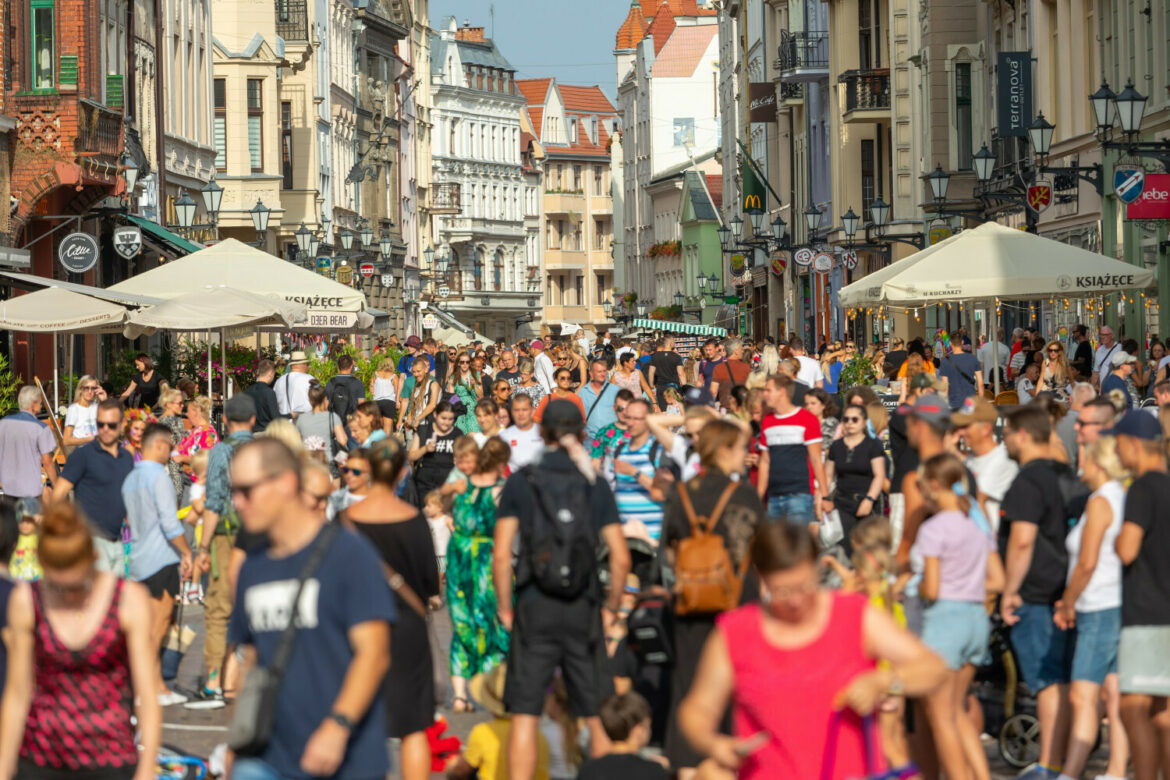On 31 March 2021, there were exactly 38 million 36 thousand 118 people living in Poland. 59.8 % of them live in cities, 40.2 % in villages. The Central Statistical Office (CSO) presented the results of the National Census, considering the territorial division of the country.
Compared to the last survey in 2011, Poland’s population decreased by 1.2 %, i.e. by 476,000 people. In the perspective of the last decade, the largest decrease in population concerned the Świętokrzyskie, Opolskie and Lubelskie voivodeships.
It can also be clearly seen from the data that Polish society is ageing. The proportion of the population in the post-working age category has clearly increased – from 16.9 % to 22.3 %, which means that more than one in five inhabitants of Poland is over 60 years old.
“Objectively speaking, this unfavourable change in the structure of the population consisting in its significant ageing is the biggest challenge we can talk about”, said the President of the Central Statistical Office, Dominik Rozkrut during the presentation of the results.
However, the decrease in population at the level of the entire population does not mean that there is a decrease in population in all places in Poland. On a nationwide scale, there are towns, districts and communes where the population is increasing. These are mainly suburban municipalities and poviats concentrated around agglomerations, according to the CSO presentation.
Of the ten municipalities with the highest increase in population compared to 2011, as many as eight are located in the districts directly surrounding the provincial capitals. The record-holder is Stawiguda in Olsztyn, where the population has doubled. There are now almost 112% more Stawigudzians than in 2011.
According to CSO data, the same trend can be seen around most of the country’s provincial cities. Such changes prove that although, in an administrative sense, the number of rural residents in Poland is increasing, their lives are still concentrated around urban centres.
Arkadiusz Słomczyński





